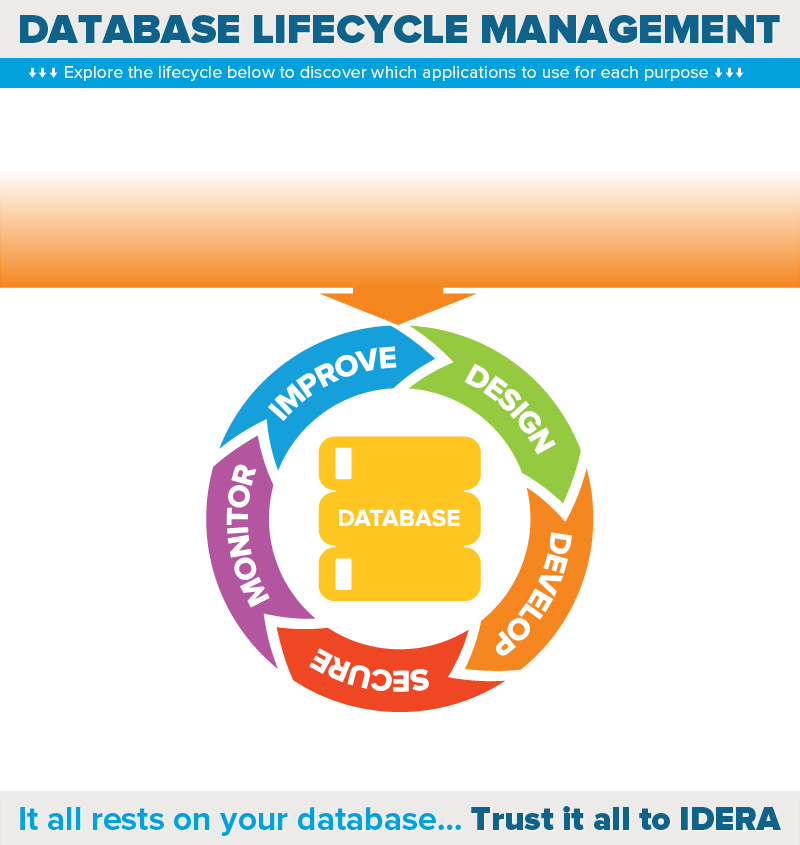Taking a Human Approach to Data Governance
Successful data governance requires organizations to address human factors such as cultural change, which is the greatest obstacle to implementation.
Data maturity: The additional uses of data depend on the organization’s data maturity as follows:
- None - documentation & physical databases
- Initial - conceptual, logical & physical design
- Managed - governance metadata
- Advanced - business glossaries
- Optimized - data modeling
Process maturity: The effects of process maturity on data governance include the following:
- None - documentation
- Initial - BPM (business process modeling)
- Managed - process improvement
- Advanced - process design
- Optimized - mature data processing methodologies
Human factors: The human factors that impede data governance include:
- Resistance to change
- Inadequate planning
- Poorly defined goals
Change management: The sources of change resistance include extra work, uncertainty, and ripple effect. The solutions to these resistances include:
- Securing the appropriate human resources and rewards for extra effort
- Creating a process for the change with simple steps and clear timeline
- Identifying affected parties of the change and considering their point of view
Summary: The information capabilities of most organizations is already poor and continuing to decline, which directly impacts data governance efforts. Organizations need a high level of data and process maturity to implement data governance successfully. They should also use quantifiable metrics to measure their success in data governance over the long term.

